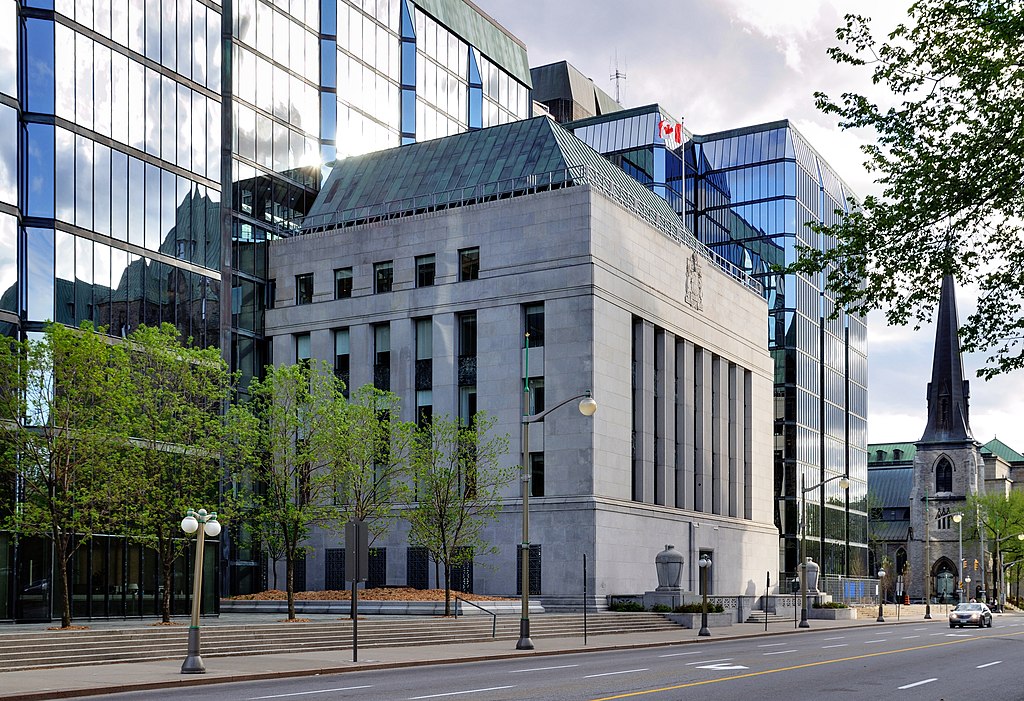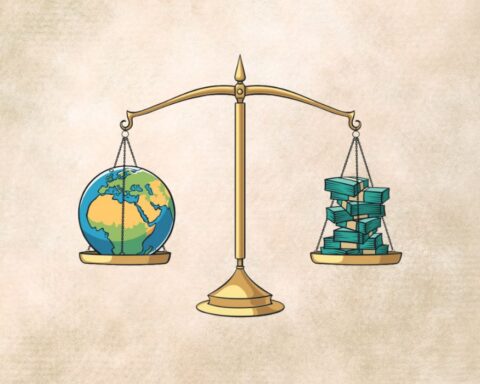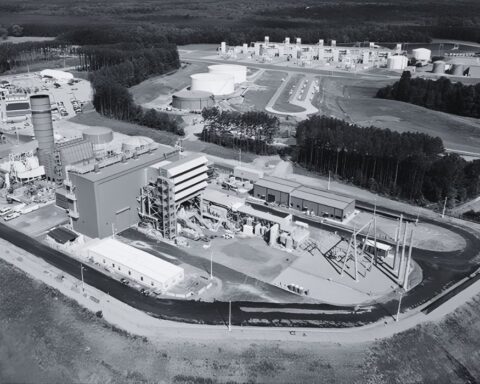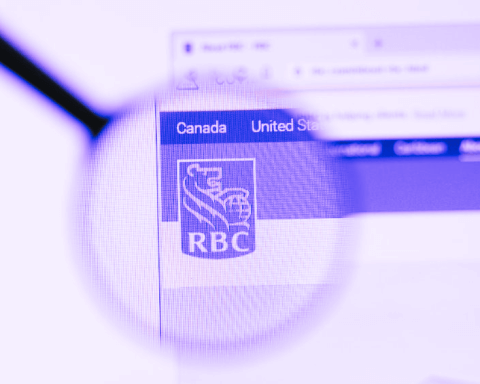Guy Dauncey is author of Journey to the Future: A Better World is Possible.
To most people, central banking is a mystery. When central bankers talk about increasing the credit supply, injecting liquidity or expanding the balance sheet, I’d wager that most people think – as I used to – “I’m not smart enough to understand this stuff.”
The key is to know that, while a bank creates money as a loan that needs to be repaid, a central bank creates it as a gift to the economy at a time of crisis that does not need to be repaid. When it prints money like this, however, it should do so for the benefit of society as a whole. If central bankers come to believe that “their tribe” is their fellow bankers and investors, not society as a whole, we are all losers.
Here in Canada, Conservatives have called for greater scrutiny and oversight of the central bank. The party’s newly elected leader, Pierre Poilievre, has even said that if he becomes prime minister, he will fire the bank’s governor, Tiff Macklem. I’m not sure how that would fix the myriad problems of central banking, but here are my solutions.
- Confront the climate crisis head-on
Some central banks have begun to require climate risk disclosures from financial institutions. It’s necessary, but it’s nowhere near enough. In September, 90 organizations led by the World Wildlife Fund urged the world’s central banks to add a strong climate commitment to their mandates: a 50% reduction in greenhouse gases by 2030, as well as net-zero emissions and full biodiversity recovery by 2050. These groups want central banks to publish detailed annual transition plans to achieve these goals and to require all regulated financial institutions to do the same. They want: loan time horizons to be extended to 30 years, to avoid short-termism; an end to asset purchases in companies and sectors considered environmentally harmful; and the use of a lower interest rate to encourage investment in climate solutions.
- Create money to tackle a crisis
Since 2008, the world’s central bankers have pumped $33 trillion into the global economy through a process called Quantitative Easing (QE). They did it in times of economic hardship when low interest rate policies were insufficient: first to bail out the bankers and restore the economy after the 2008 financial meltdown; then to stimulate economic recovery; and then to halt the market meltdown that happened in the early weeks of COVID, when the bankers and CEOs saw looming disaster. In each instance, the central banks injected money by buying bonds off the banks, and (in 2020) off the big corporations. Each time they did so, the markets recovered, the Dow Jones Industrial Average blossomed, and housing prices rose to new heights, pushing more people into a state of housing crisis. Investors realized that they could take greater risks because the central bank had their back. In a future financial crisis they could equally well achieve the necessary economic stimulus by dropping “helicopter money” directly into people’s bank accounts, instead of giving it to the banks.
So, if they can inject all this money into the economy to stave off a financial crisis, why can’t they do the same to tackle the climate crisis or the affordable housing crisis? The answer is that if the crisis threatens the health of the economy, as both crises do, they could. A government could create $100 billion in climate solutions bonds or affordable housing bonds, and the central bank could buy them, just as it did for corporate debt. It’s known as “QE for People.” There are only two conditions: It must be a real crisis, and the economy must be able to absorb the money without creating more than (say) 2% inflation.
- Underwrite critical public loans
Just like a private bank, a public bank can create money. Unlike a private bank, however, it can do so at zero interest, since it does not need to maximize profit for its shareholders. In Germany, Sweden, Denmark, Italy, Spain and France, community and state-owned public banks serve as much as 64% of the banking market. In Germany, Kreditanstalt für Wiederaufbau (KfW) has been the main source of financing for building retrofits to tackle the climate crisis. The United States’ new Green Bank has been set up to do the same. When a public bank provides finance to address such a crisis, the central bank could underwrite its loans, guaranteeing its stability.
- Issue credit guidance
Many governments have worked with their central banks to issue credit guidance that direct money creation towards national goals. In the post-war period, the central banks of Europe, Canada, the U.S., Japan, Taiwan, South Korea and China all used credit guidance to direct loans towards productive industries for export. In Europe and Canada, this ended in the 1970s, resulting in an excess of debt creation for private purposes. Given the urgency of the climate and the affordable housing crises, central banks could use credit guidance to prioritize investments in climate and housing solutions, and they could also offer them a discounted green interest rate. On the danger side of the equation, they should either ban investments in fossil fuel expansion and speculative property purchases or penalize them by requiring higher regulatory capital and liquidity requirements and charging a punitively high red interest rate.
- Seek democratic guidance
Central bankers insist on their independence, fearful of how an unscrupulous politician could abuse the power to print money and cause hyperinflation. And yet to whom should they be answerable? Their actions since 2008 indicate that their primary allegiance has been to their fellow bankers and investors. We need them to be more responsive to the climate, biodiversity and housing crises, but political edicts can cut both ways. In Germany, a simple majority in the Bundestag can change Bundesbank law, but this could backfire if the far-right Alternative für Deutschland was to win a majority. Some kind of middle ground is needed, perhaps with a parliamentary debate on central bank policy resulting in democratically driven recommendations.
It is time to remove the mystery that surrounds so much of central banking’s activities. We need the world’s central bankers to step up and help us tackle these critical problems.







